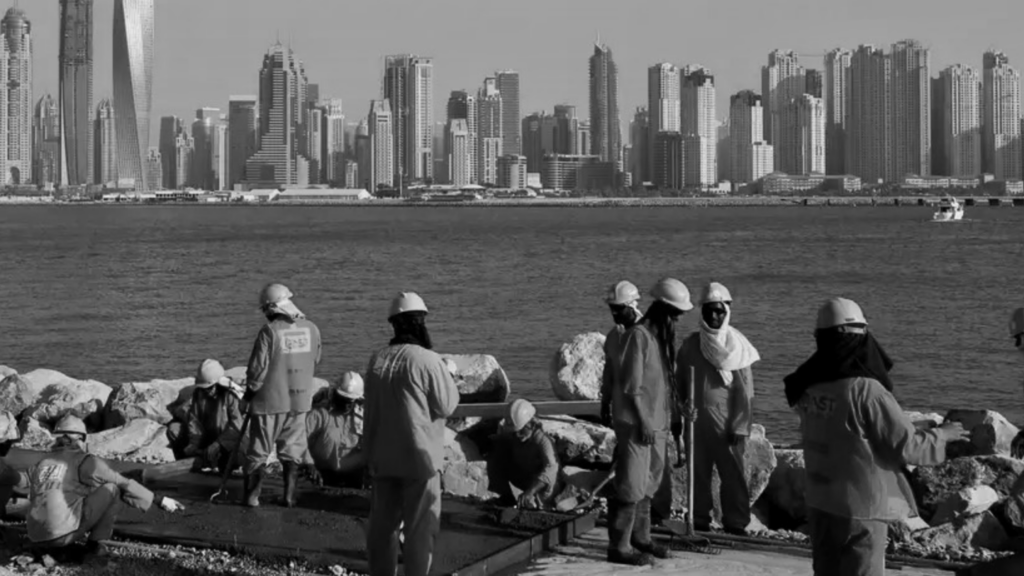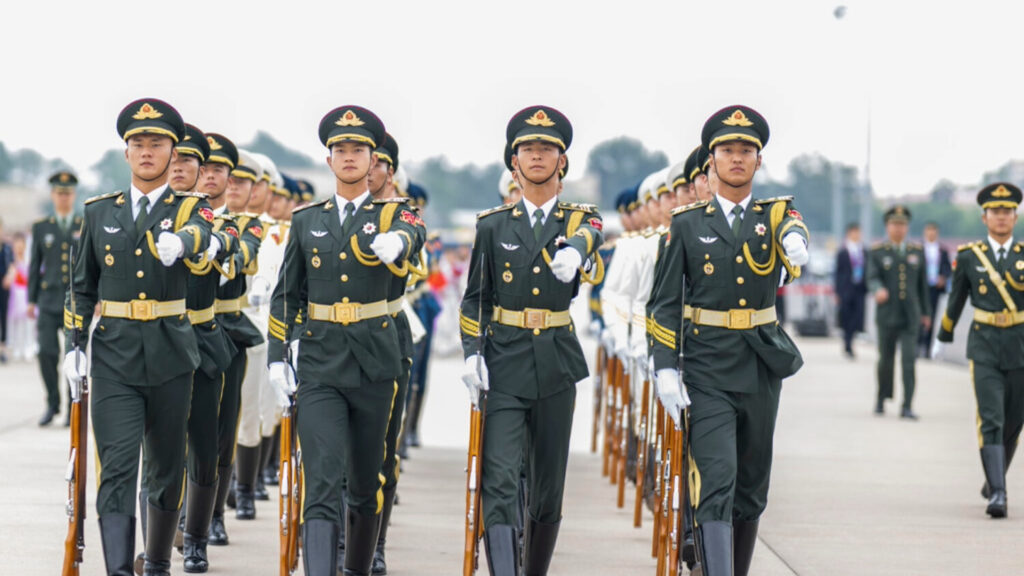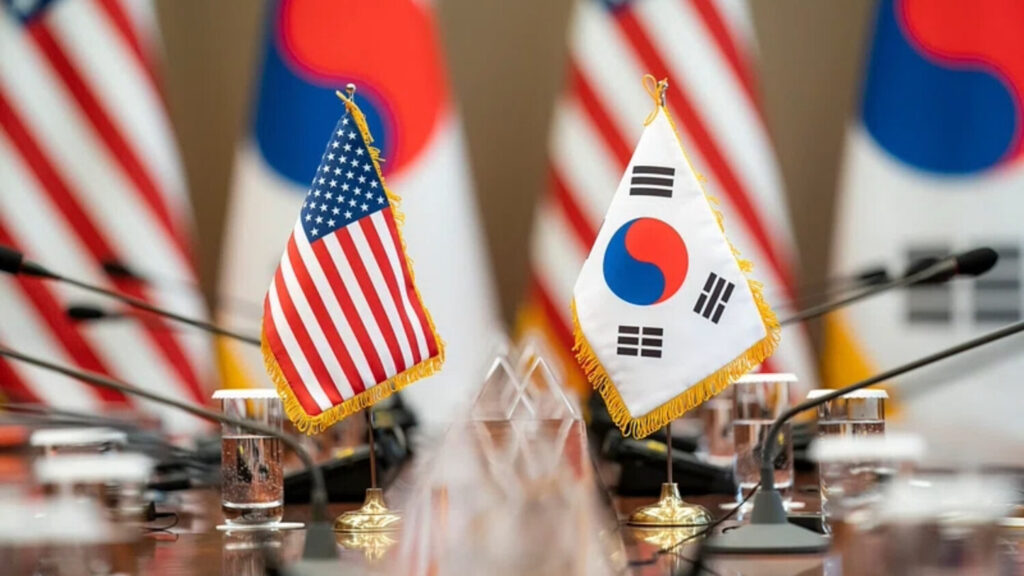Internal Crisis, External Pressure: Navigating the Risk of Regime Change in Iran
Amid growing instability in Iran, is the toppling of its leadership still on Israel’s cards?
The aftermath of the 12-day airstrike exchange between Israel and Iran has left the international community in a state of uncertainty over what comes next. Hawkish opponents of Iran’s regime want to see Israel, with the United States’ support, take advantage of its recent military successes against Iran and its proxies to push for regime change at a moment of vulnerability for Iranian leaders. The lack of a clear transitional plan due to infighting among opposition groups and the unlikelihood of being able to facilitate regime change through airstrikes alone make this push a dangerous strategy, however, especially as the regime faces a looming domestic energy crisis that could precipitate its downfall.
The Dangerous Allure of External Overreach
Fresh off its strikes against Iranian nuclear sites, speculation is swirling around Israel’s next steps. Both Prime Minister Netanyahu and President Trump stoked these rumours by floating the possibility of regime change in June (Ravid & Caputo, 2025). No further action has been taken to achieve this aim, while researchers and pundits speculate about what will happen next. Israel has a vested interest in regime change as it has faced repeated attacks from Iran and its proxies. Yet, it would be a mistake to ignore the past lessons of external intervention in the region in countries such as Libya, Iraq, and Afghanistan, to name just a few. In Iraq and Afghanistan, the aftermath of internationally-forced regime change led to protracted foreign entanglement and escalating insurgent violence against Western troops on the ground. In Libya, a humanitarian crisis broke out amidst the backdrop of civil war due to a weak transitional authority. Disregarding these contemporary failures of Western intervention for short-term goals would be folly on the part of Israel and the US, as the Iranian regime will not fall without the presence of troops on the ground, and Iranian opposition groups are fractious with no clear leader to step in should the regime collapse.
The Iranian regime’s opposition remains fragmented both inside Iran and within its diasporic community. In Iran, the opposition is generally along six categories: ethnicity-based groups, nationalists, monarchists, leftists, progressive Muslims, and the People’s Mujahedin Organisation of Iran (Hoodashtian, 2023). There is variation both within and between these categories, with groups having competing aims, grievances, and goals for opposing the regime. Exiled opposition leaders do not fare much better, as there is constant feuding and a tendency to focus on getting views within the talk show circuit, more so than organising institutions designed to effect real change for Iranians (Azarmehr, 2025). There is also debate over what type of government Iranians prefer. In a December 2023 survey, while 81% of respondents inside Iran rejected the Islamic Republic and 99% outside Iran rejected it, there was more diversity in opinion on what should take its place (Zickar, 2025).
As the survey shows, most Iranians oppose the regime; however, the question of what should replace it and who should lead it divides and weakens the opposition groups. Israeli and American leaders should understand that foreign-led regime change will only sow chaos in Iran without a unified resistance movement. It may also not be necessary, as the regime faces a domestic energy crisis that places its leaders in a precarious position.
The Energy Crisis from Within
Iran is facing a looming energy crisis that has already led to public unrest, and as the dilemma unfolds, it could lead to a broader movement against the regime. The crisis is of its own making, as Iran has the second-largest natural gas reserves and fourth-largest oil reserves in the world, yet suffers from energy shortages. Excessively subsidised pricing, overconsumption, international sanctions, and the IRGC’s outsized control over energy infrastructure are all elements involved in why a resource-rich country is needlessly squandering its assets (Shokri, 2025).
The Iranian government legalised cryptocurrency mining as a gambit to boost the economy, but illegal mining farms are estimated to consume the electricity equivalent of Tehran, leading to worsening rolling blackouts and disruptions to essential services (The Mackenzie Institute, 2025). Legal crypto mining operations under governmental control likewise exacerbate the crisis as they operate on subsidised electricity and divert resources from citizens (Galestan, 2025).
Government officials have acknowledged underinvestment in energy infrastructure, yet there’s a lack of accountability at the highest levels of the regime, which makes the prospect of imminent broad reform unlikely. The economic suffering and daily electricity disruptions have already led to public unrest, as the National Union of Iranian Truckers has led the largest labour protest nationwide that garnered a broad spectrum of support from other civil groups to prominent individuals (CHRI, 2025). The regime has responded with arrests and violence, utilising the same tactics as past episodes of unrest. Such tactics only work against disparate and disorganised opposition, and as external pressure mounts and the domestic energy crisis continues to devolve into a full systemic collapse, the regime is increasingly vulnerable to upheaval.
Further military action aimed at regime change will not lead to sustainable reform in Iran, and the how of regime change matters more than the if. Iran’s regime may fall. Economic unrest through mismanagement of its vast natural resources and the recent military strikes by Israel and the US have weakened regime legitimacy and prompted questions on Khamenei’s grasp of authority. However, if foreign governments bring about that change, it will bring further instability to the region and the potential for an unwanted, prolonged foreign presence that has plagued the region. The path to meaningful change is not in foreign airstrikes or imposed solutions, but in supporting the conditions for a unified, Iranian-led movement—one that can emerge as the regime falters under the weight of its internal crises.
Bibliography
Azarmehr, P. (2025). Why Iran’s Opposition Keeps Failing. [online] Middle East Forum. Available at: https://www.meforum.org/mef-observer/why-irans-opposition-keeps-failing [Accessed 17 Jul. 2025].
Center for Human Rights in Iran (2025). Iran’s Truck Drivers’ Strike Sweeps 163 Cities, Dozens Arrested. [online] Center for Human Rights in Iran. Available at: https://iranhumanrights.org/2025/06/irans-truck-drivers-strike-sweeps-163-cities-dozens-arrested/ [Accessed 17 Jul. 2025].
Hoodashtian, A. (2023). The Fractured Opposition to the Islamic Regime. [online] The Washington Institute. Available at: https://www.washingtoninstitute.org/policy-analysis/fractured-opposition-islamic-regime [Accessed 17 Jul. 2025].
Mansoureh Galestan (2025). Iran’s Electricity Crisis: Regime Admits Decades of Neglect, Exposing Fear of Public Fury – NCRI. [online] NCRI. Available at: https://www.ncr-iran.org/en/news/economy/irans-electricity-crisis-regime-admits-decades-of-neglect-exposing-fear-of-public-fury/ [Accessed 17 Jul. 2025].
Ravid, B. and Caputo, M. (2025). Regime change emerges as unstated goal of Israel’s war in Iran. [online] Axios. Available at: https://www.axios.com/2025/06/17/iran-regime-change-israel-war-trump [Accessed 17 Jul. 2025].
Shokri, U. (2025). Iran’s Energy Dilemma: Constraints, Repercussions, and Policy Options. [online] Carnegie Endowment for International Peace. Available at: https://carnegieendowment.org/sada/2025/06/irans-energy-dilemma-constraints-repercussions-and-policy-options?lang=en [Accessed 17 Jul. 2025].
The Mackenzie Institute (2025). Iran’s Energy Crisis: How Cryptocurrency Mining Is Straining the Grid. [online] The Mackenzie Institute. Available at: https://mackenzieinstitute.com/2025/01/irans-energy-crisis-how-cryptocurrency-mining-is-straining-the-grid/ [Accessed 17 Jul. 2025].
Zickar, S. (2025). Iran’s Opposition Is Growing, But Divided – No Labels. [online] No Labels. Available at: https://nolabels.org/the-latest/irans-opposition-is-growing-but-divided/ [Accessed 17 Jul. 2025].



